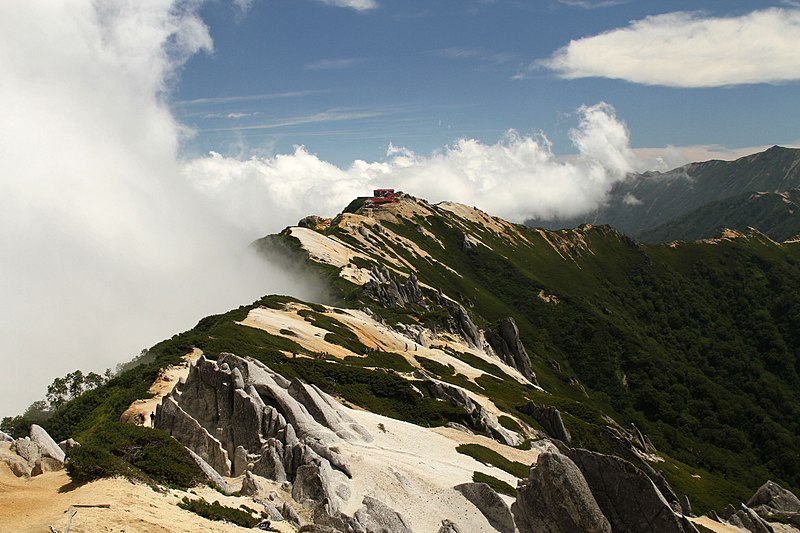by Francesca Annio and Jake Adelstein
Japan is a timeless favorite among tourists, drawing them in with its natural beauty and cultural treasures. From the snowy expanses of Hokkaido to the lively entertainment districts of Tokyo and the picturesque traditional streets of Kyoto, Japan boasts some of the world’s top tourist magnets. Yet, hidden amidst these popular stops lies one of Japan’s best-kept secrets – Nagano prefecture. Nagano appears to have the perfect blend, offering visitors a seamless fusion of nature, culture, history, and exciting activities.
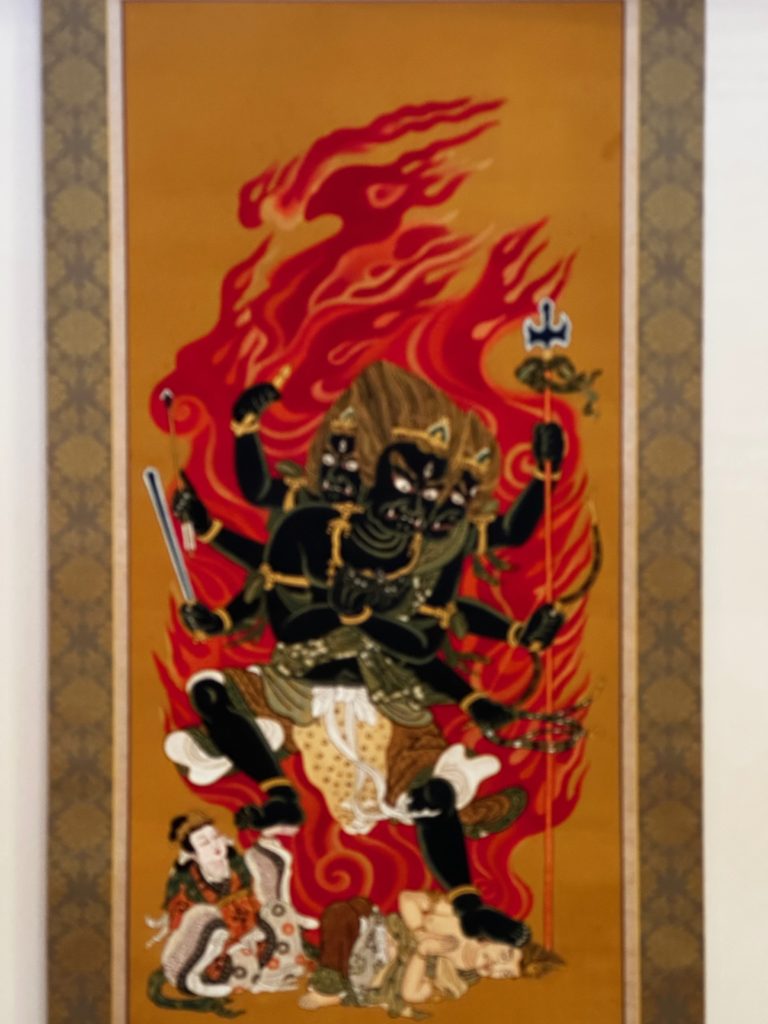
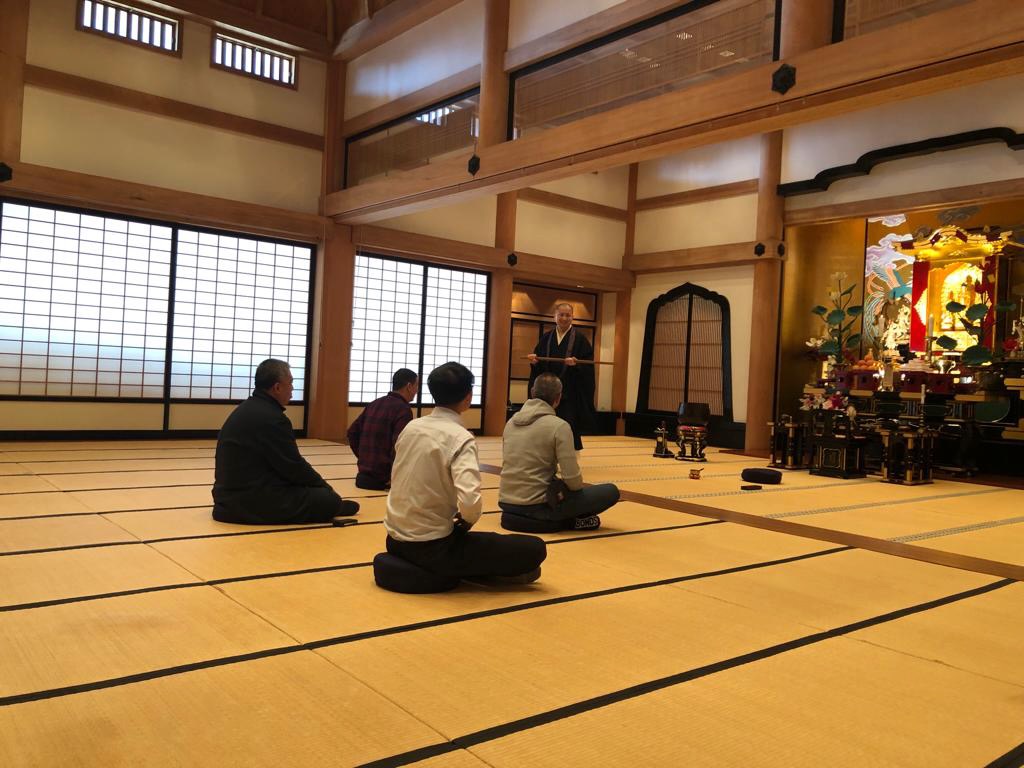
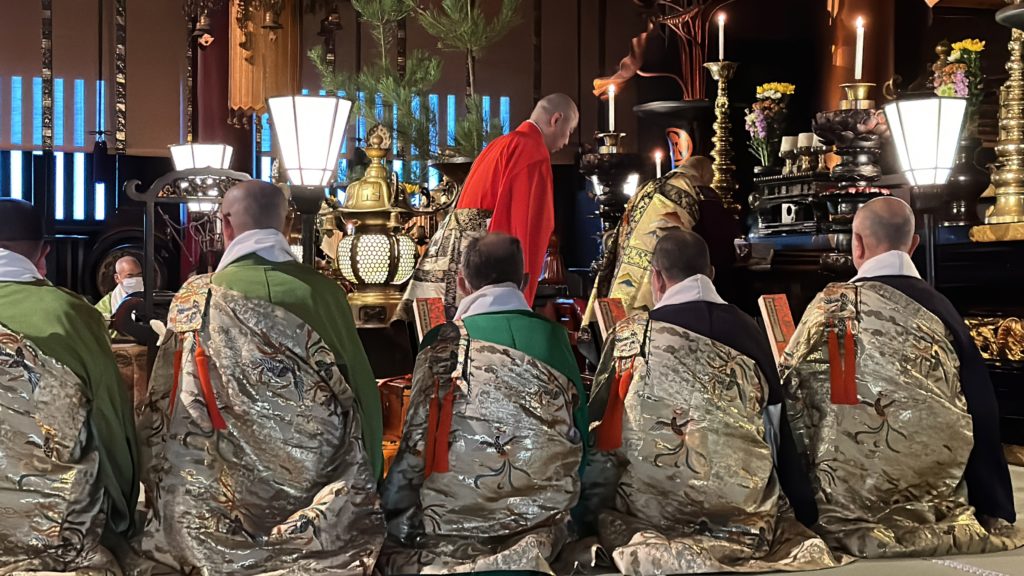
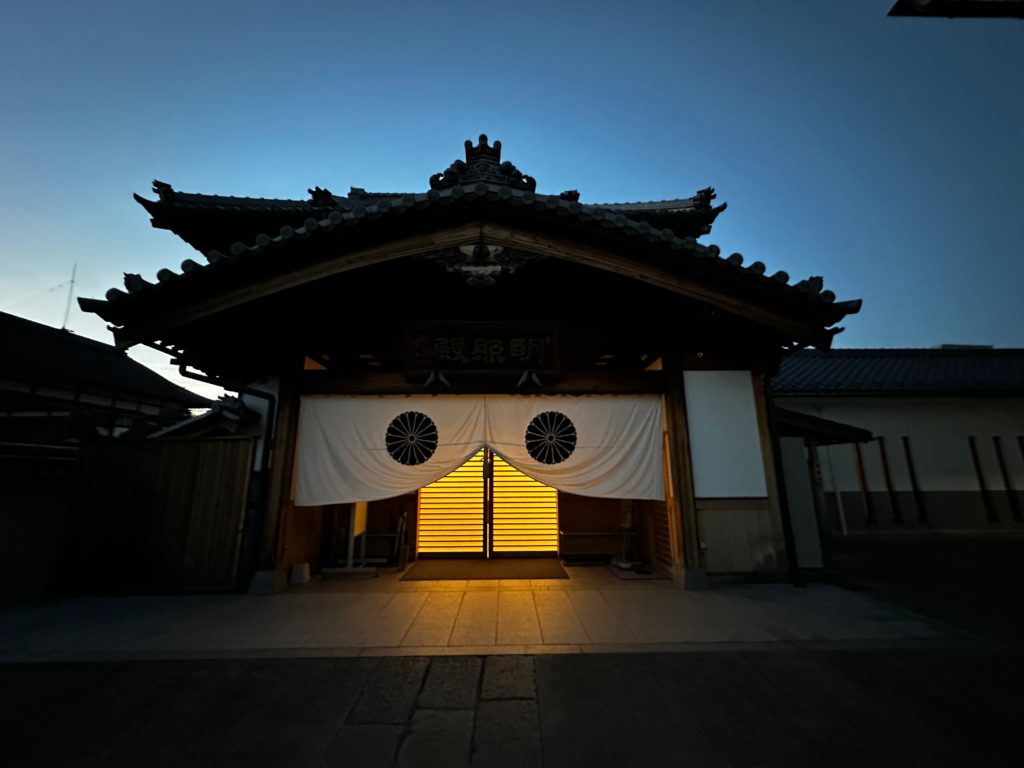
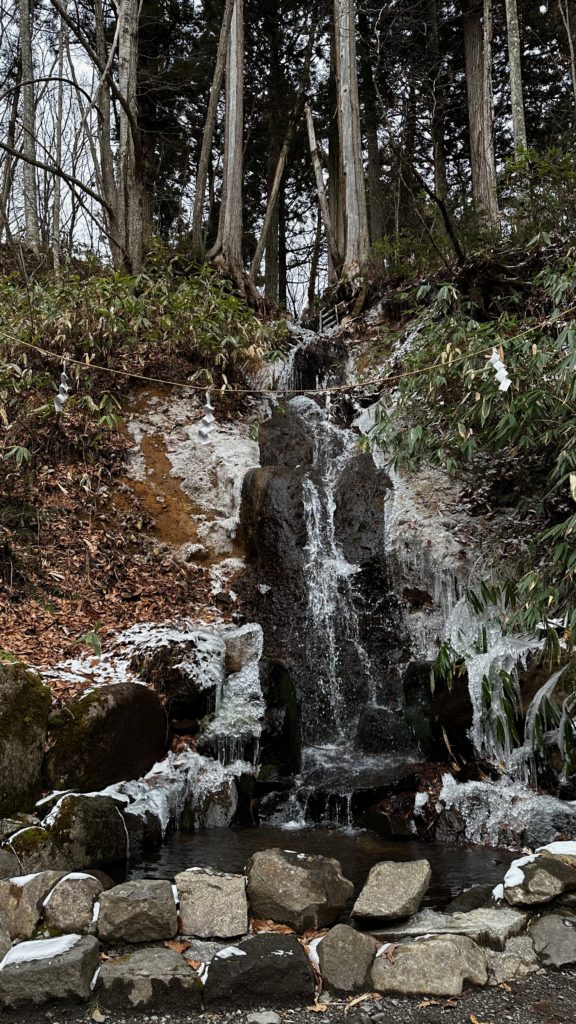
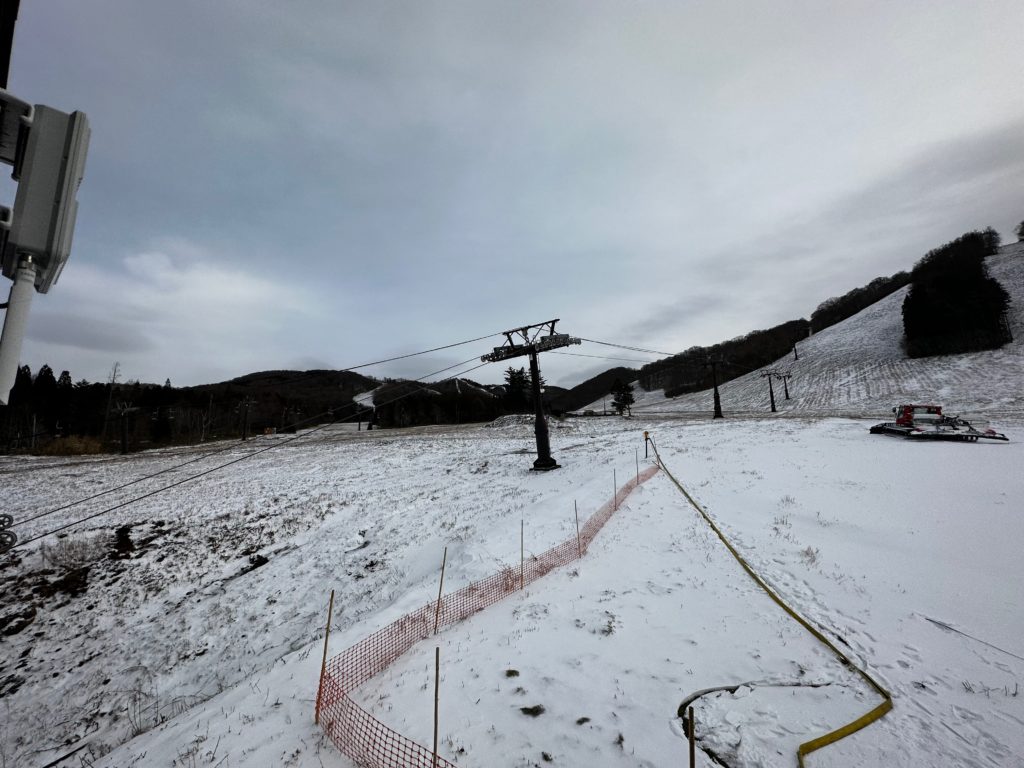

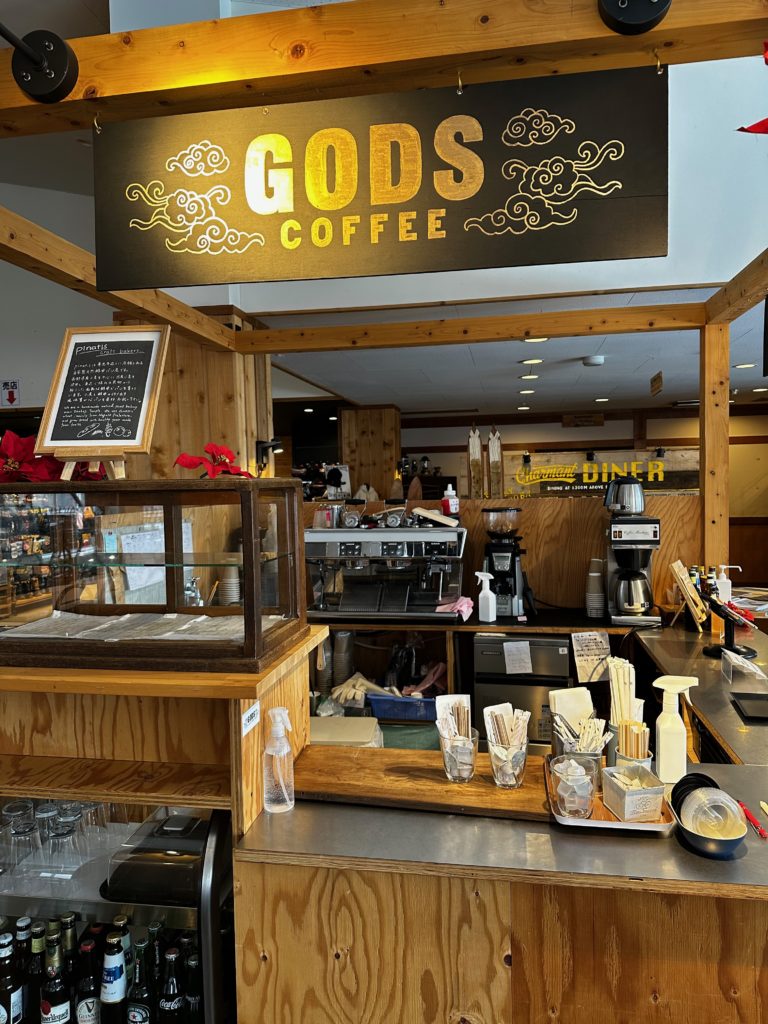
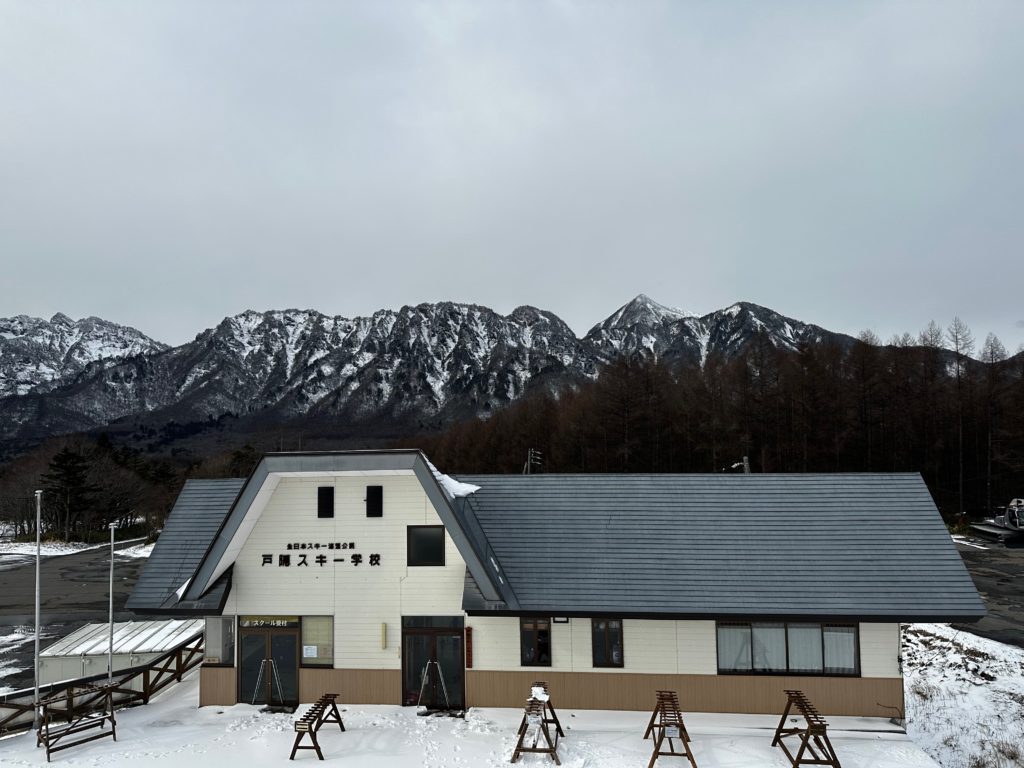
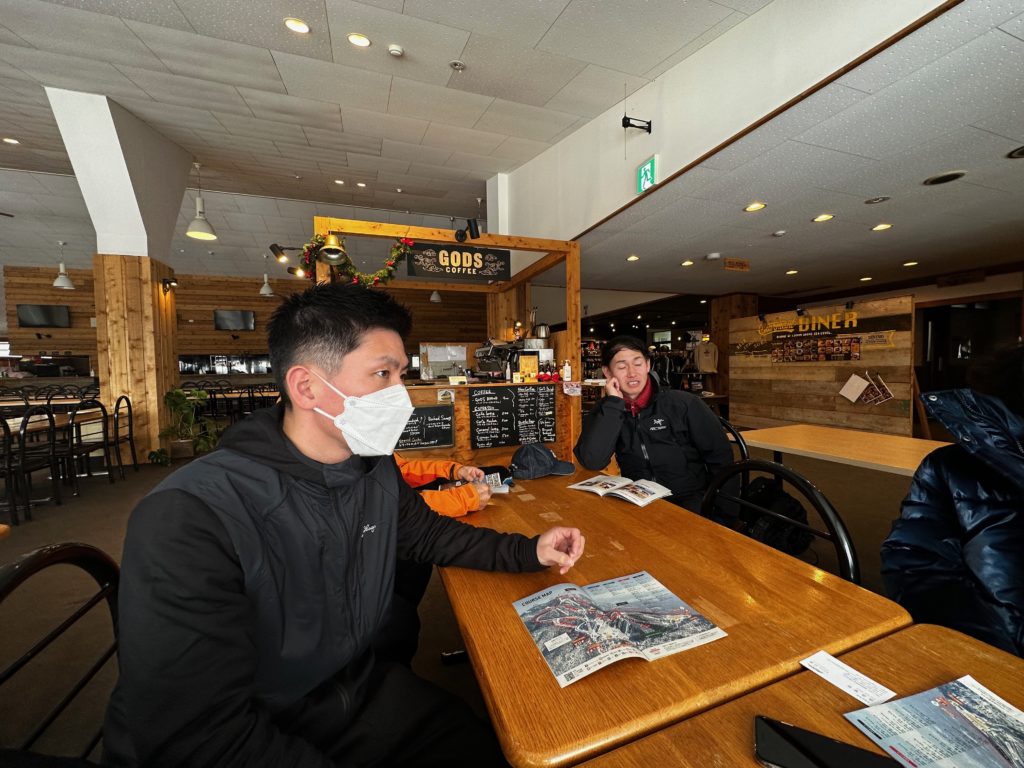
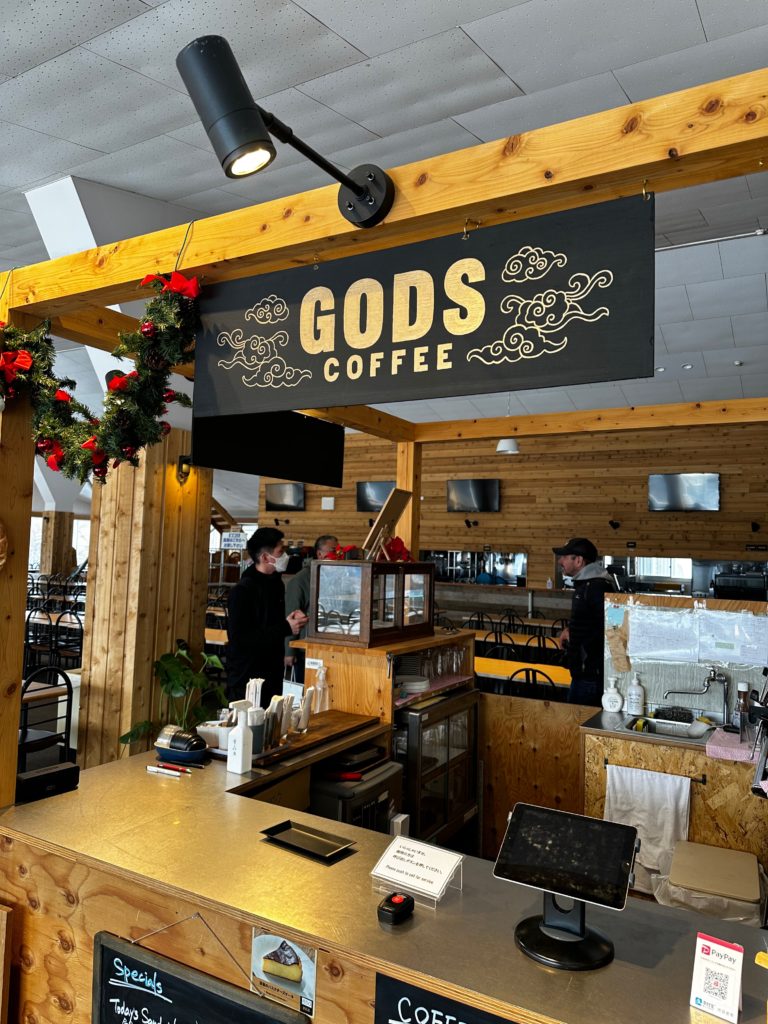
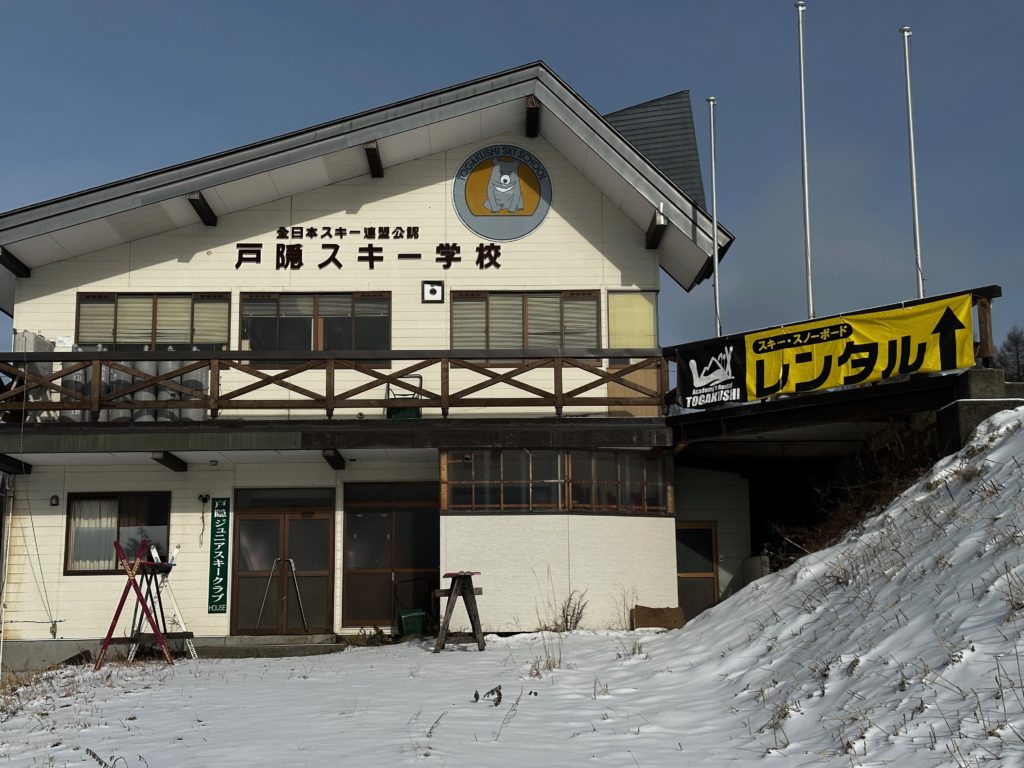
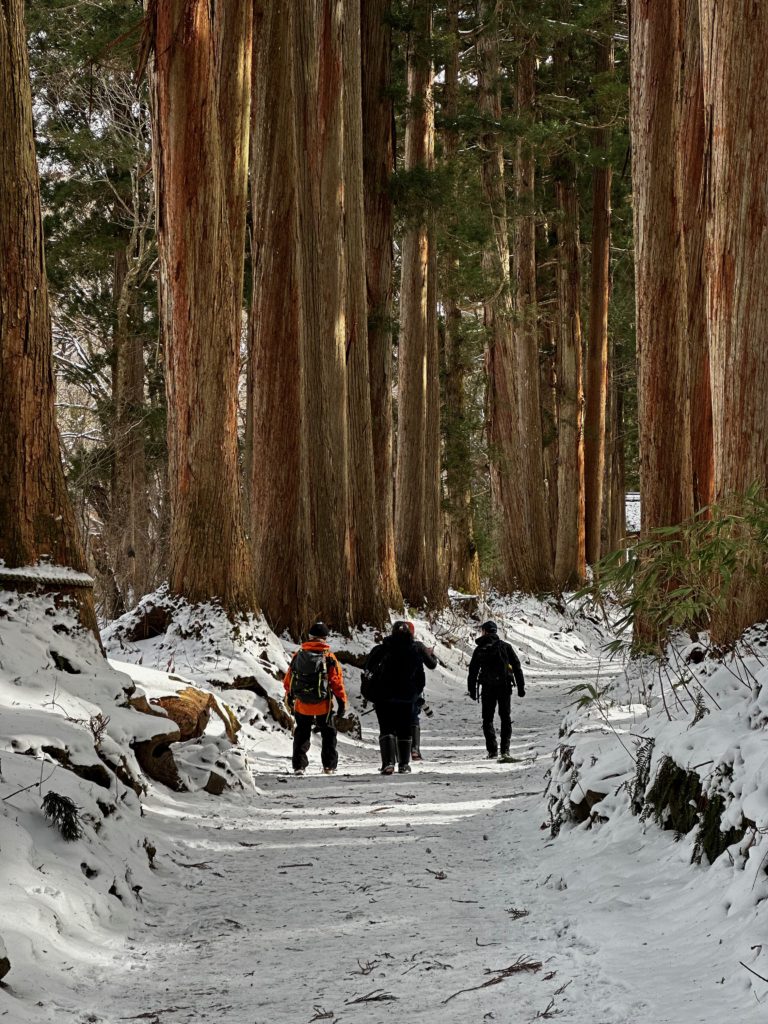
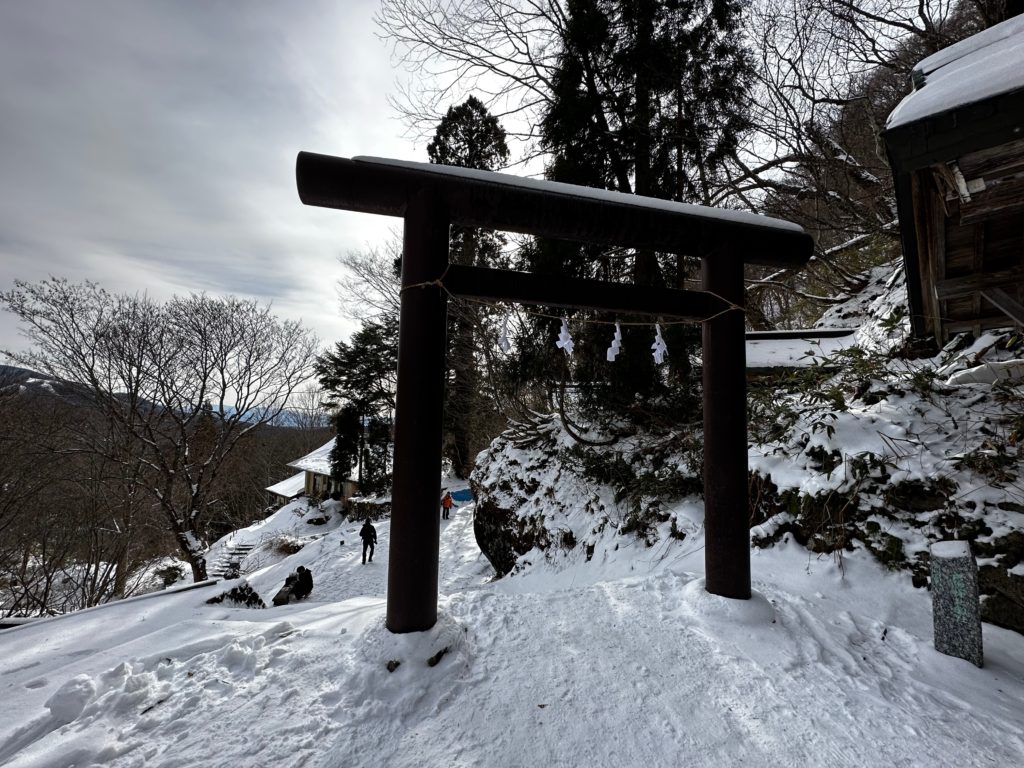
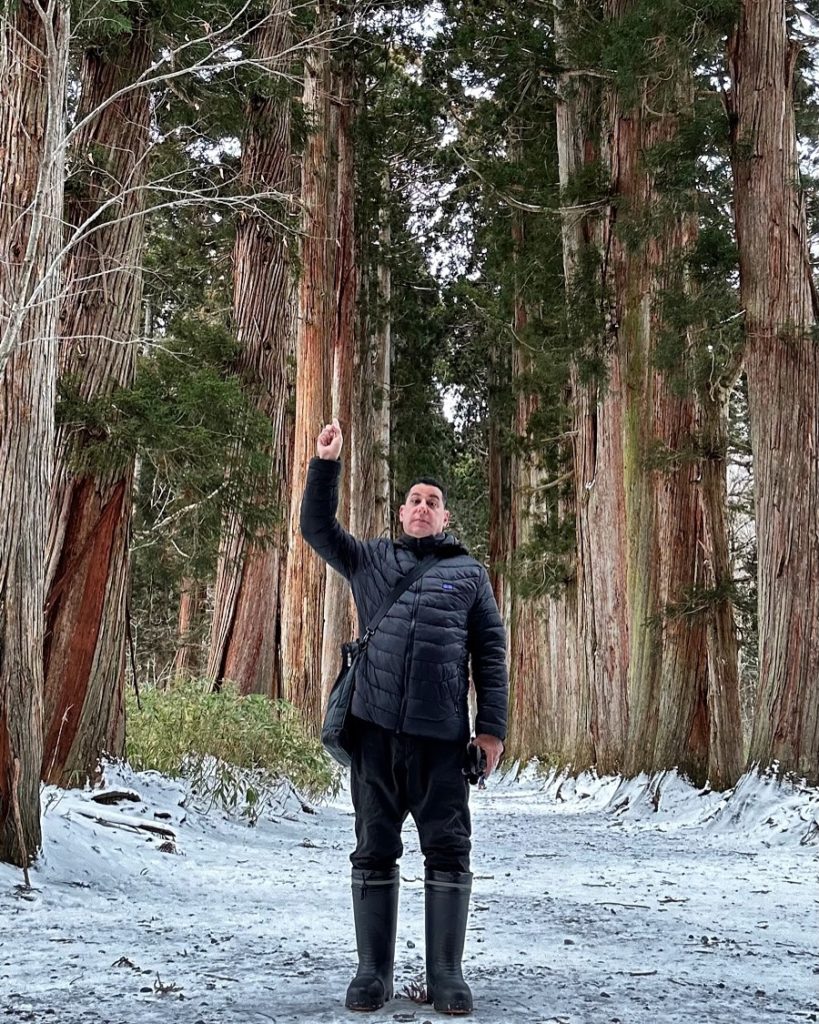
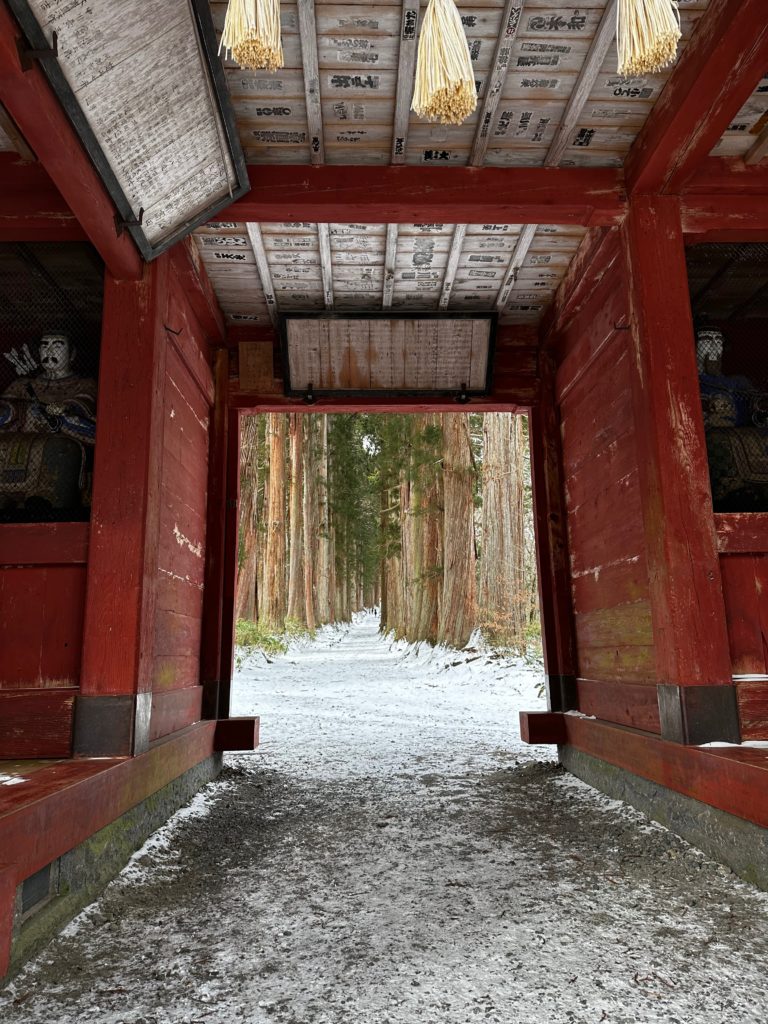
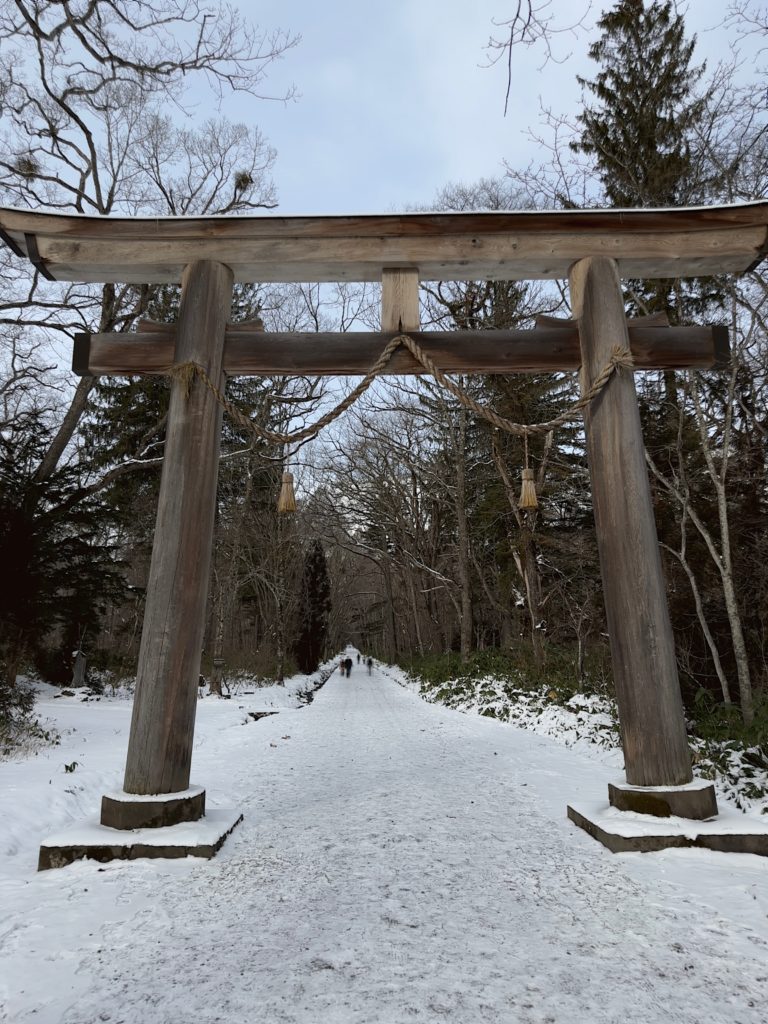
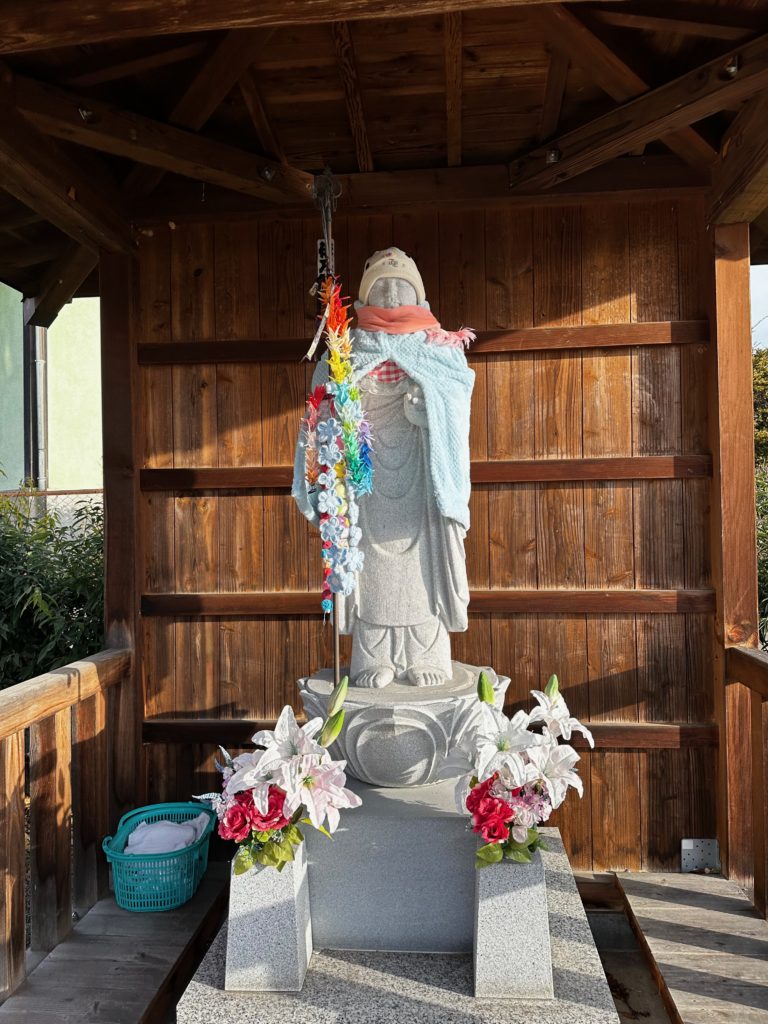
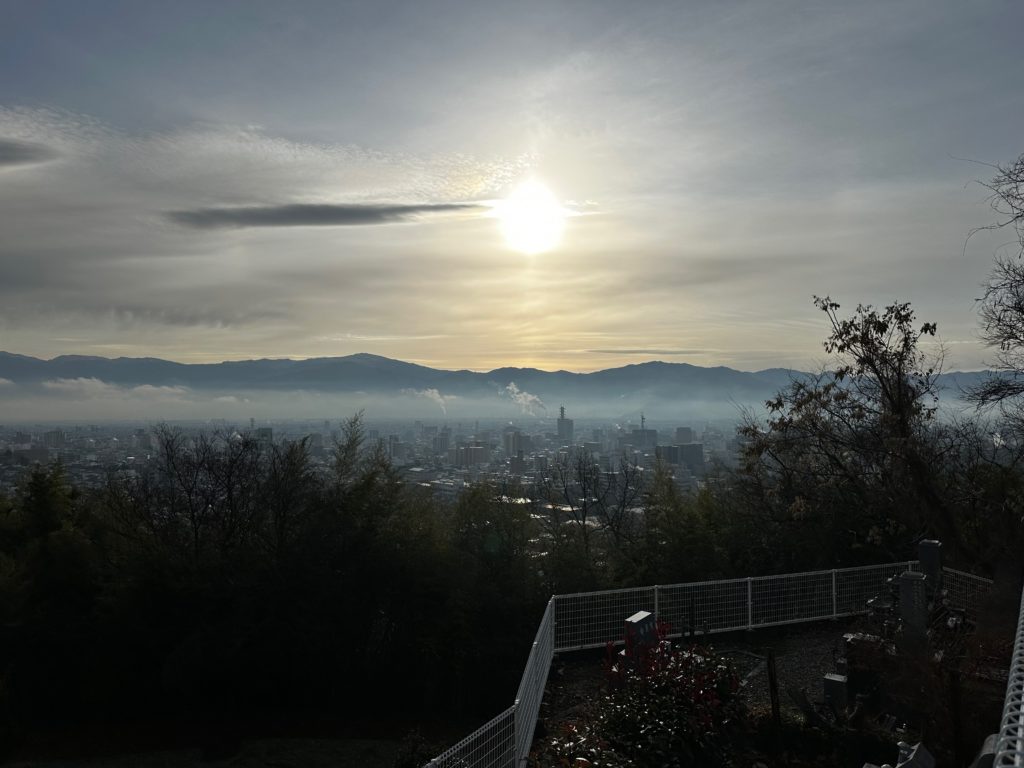

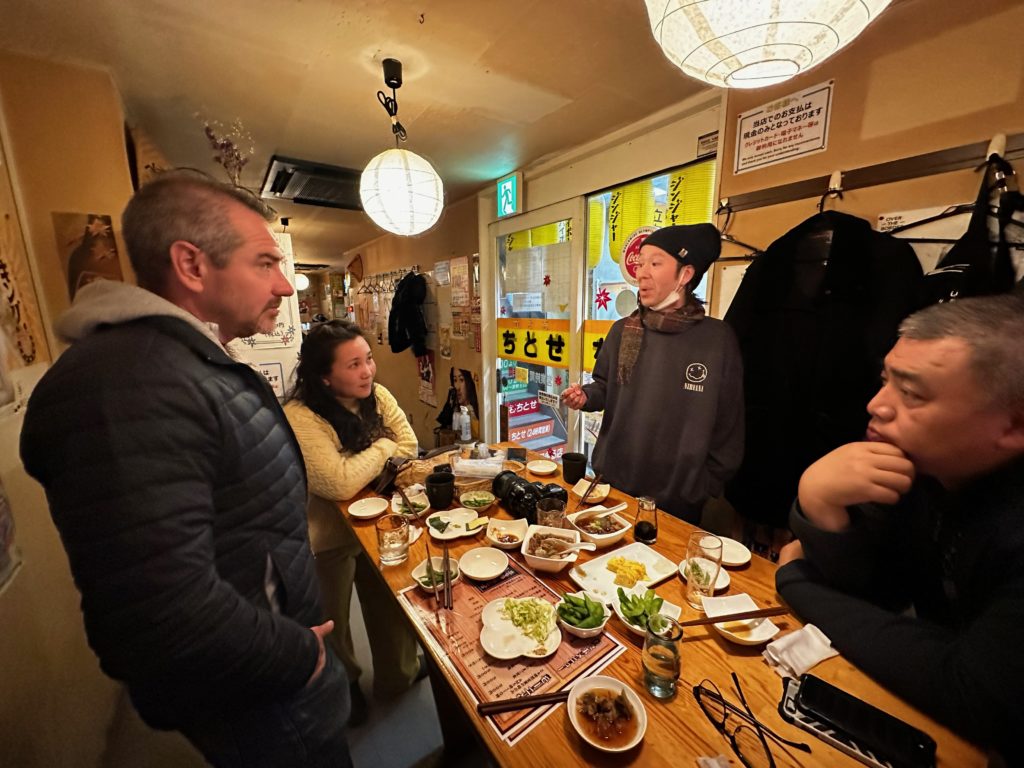
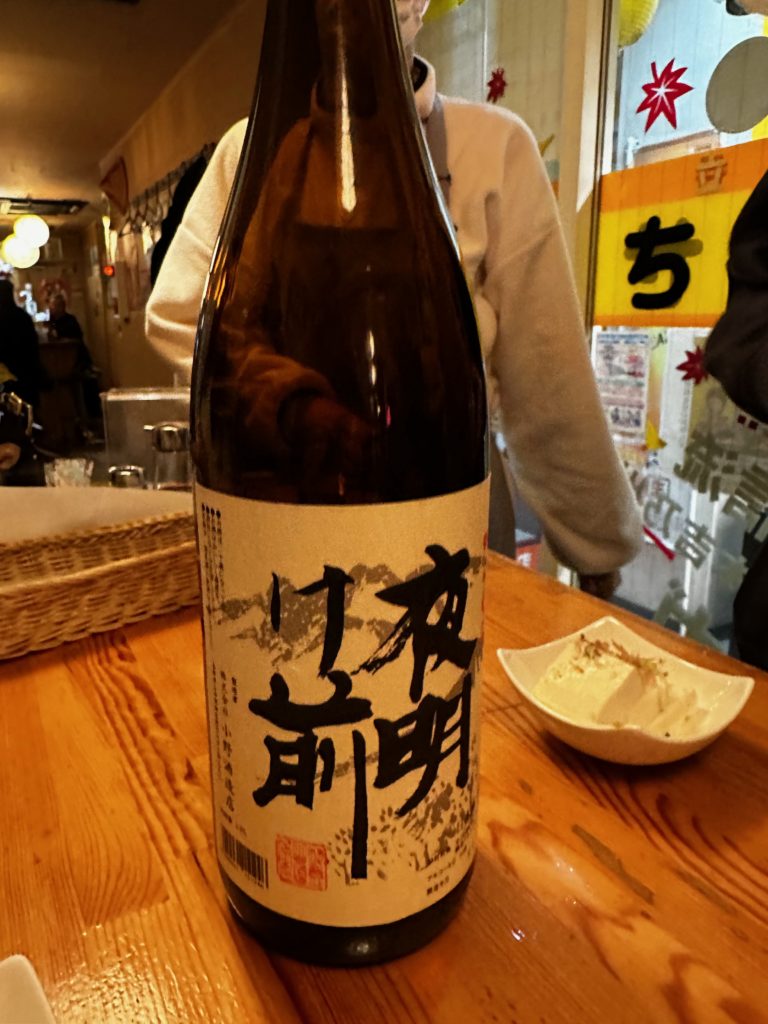
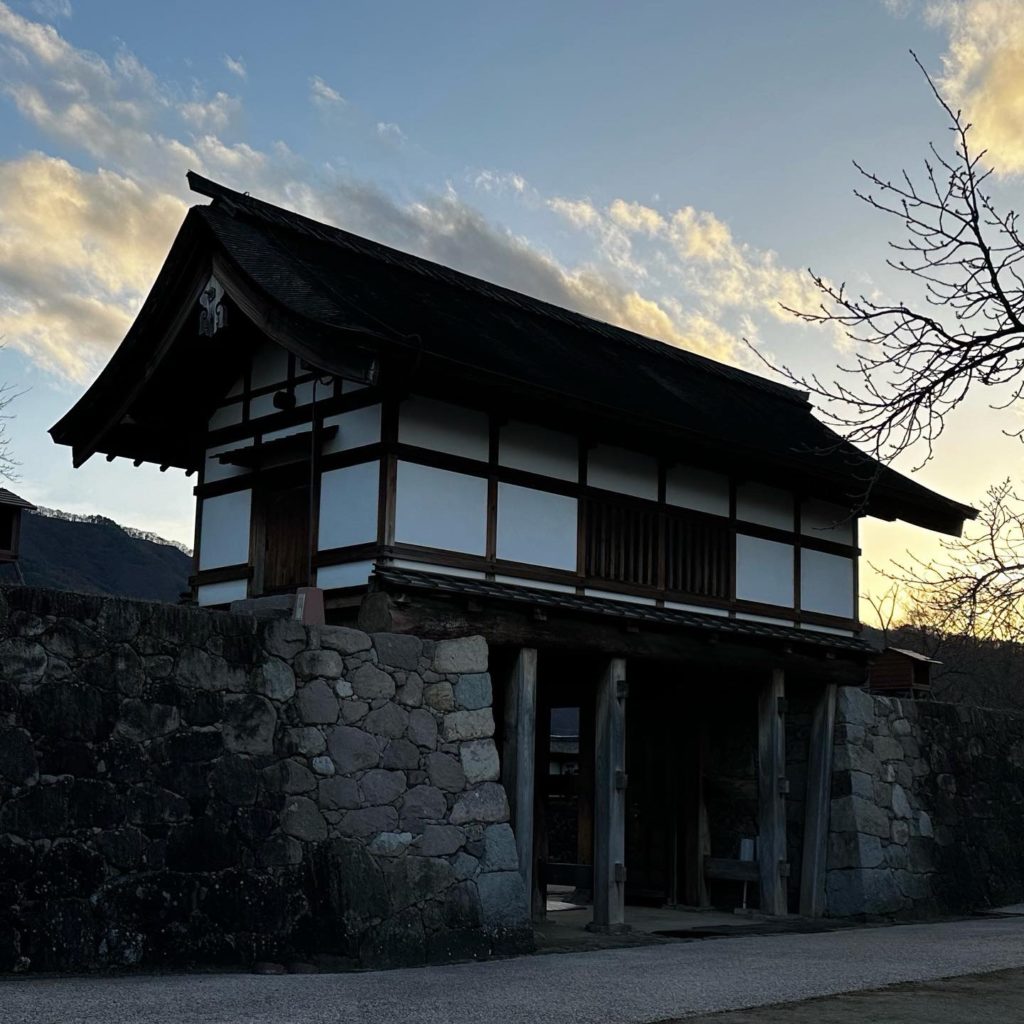
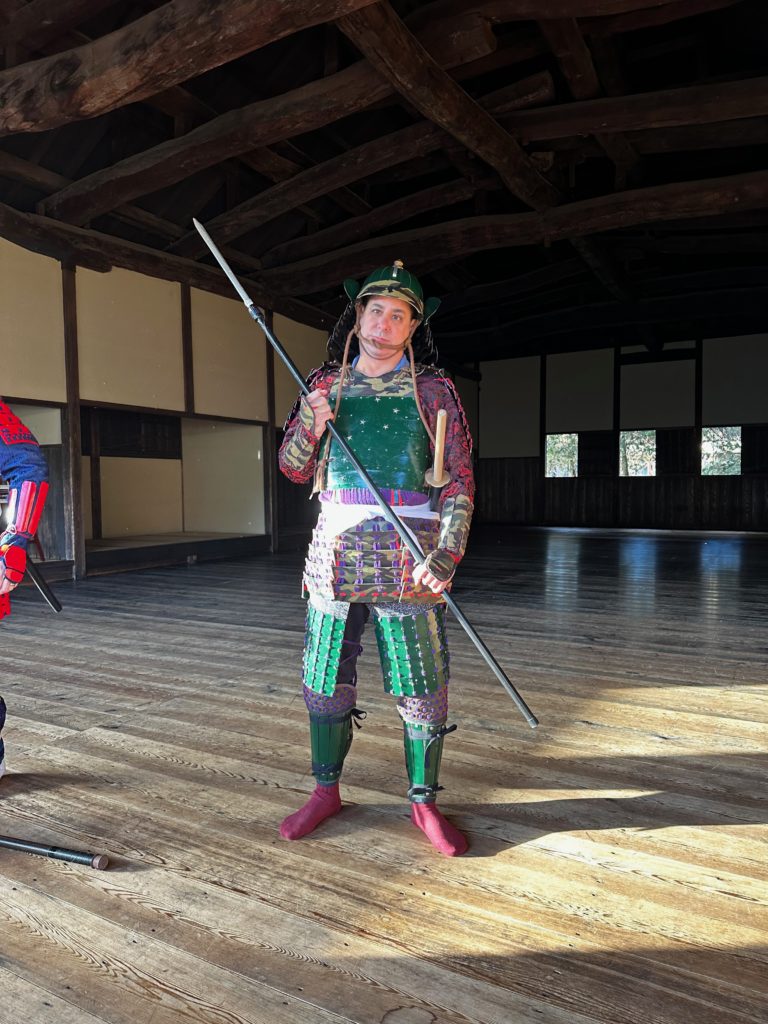
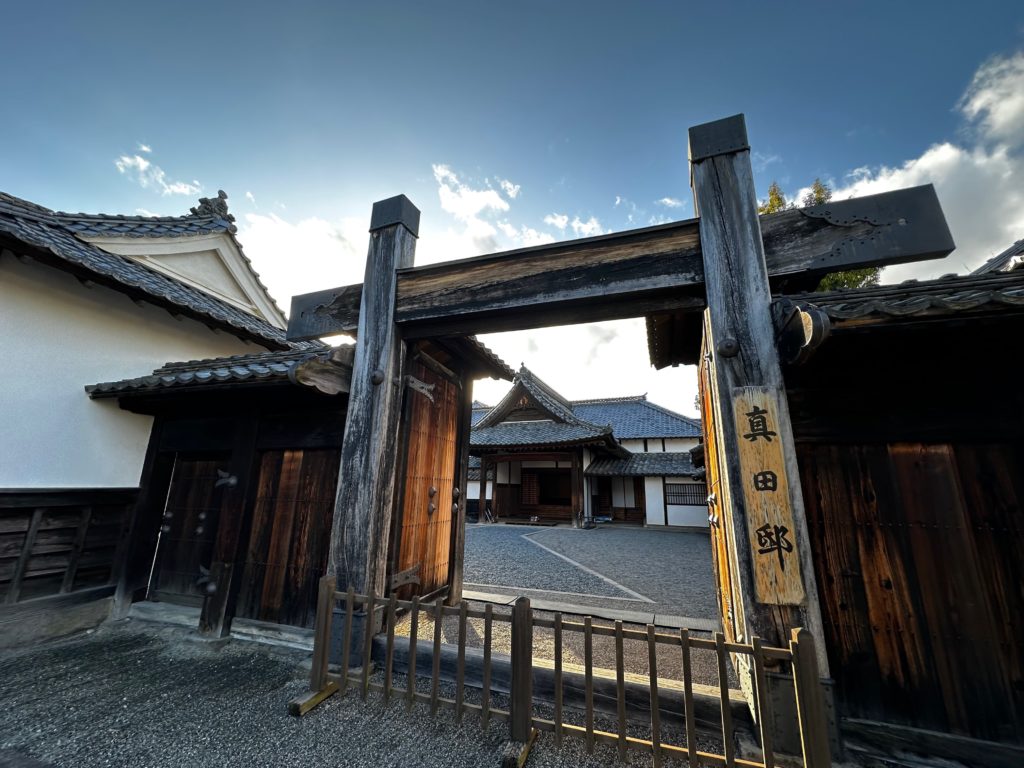
With its roots deep in Japan’s ancient past, Nagano’s history spans over 1300 years to a union of over 60 small countries. In its early days, Nagano, known as Shinano Province, was merely one piece of this puzzle. The Nagano we now see on the map took shape in 1876 through a merger with Chikuma Province. As time flowed, the region underwent numerous transformations, each contributing to the unique beauty that defines it today.
One constant in Nagano’s story is its strategic geographical advantage, a gift that profoundly shapes its diverse natural offerings. Nestled nearly at the heart of the main Honshu island, around 84% of Nagano’s expansive terrain is embraced by mountains, with many reaching heights in the 3000-meter class. This exceptional landscape has affectionately earned Nagano the title of the “Japanese roof” (yane).
And this prime location comes with perks – the encircling mountains act as a shield, gifting it with a climate immune to typhoons and rainy summers. No wonder Nagano has clinched the top spot for 14 years straight as the most desirable place to live in Japan.
Nagano’s natural setting fuels a thriving economy, especially in agriculture. Benefiting from a climate conducive to year-round farming, the prefecture leads Japan’s production in wasabi, walnuts, lettuce, and boasts a remarkable 90% of its rice classified as first-class. This abundance satisfies local demand and seamlessly extends to major urban hubs like Tokyo, Osaka, and Nagoya.
Nagano is a go-to for traditional hot springs, boasting an impressive 758 – one of the highest counts in Japan. Sprinkled across the region, some of these are even conveniently paired with ski resorts. It’s the perfect package deal – soaking in mountain-fed hot waters, hitting ski slopes for some fun, savoring local delights, and leisurely strolling through scenic seasonal landscapes.
Now, with all these amazing features, you’d expect Nagano to be a tourist hotspot, right? Well, despite its incredible offerings, Nagano surprisingly landed in the 13th spot on the 2023 prefecture attractiveness list. Even more, it missed the top 10 for prefectures with the most foreign overnight guests as of August 2023.
But hold on tight because the landmarks I’m about to share might just change your mind. Who knows, Nagano could be the unexpected star of your next journey!
- Matsumoto Castle
In the pulsating heart of Nagano, at the base of the Northern Alps in the lively city of Matsumoto, lies one of the prefecture’s most intriguing spots. Matsumoto Castle truly captures the essence of the region, a historical gem embraced by the beauty of the surrounding mountains.
With a rich legacy spanning over four centuries and roots tracing back to the Sengoku period, this architectural marvel features a five-story, six-tiered tower, among Japan’s oldest ones. Its 1935 designation as a national treasure paved the way for five more structures, including the main keep, to earn the same prestigious status in 1952.
Originally known as “Shinano-Fushimi Castle,” its story began in 1504 when Ogasawara Sadatomo of the Takeda clan, guardian of Shinano province, commissioned its construction. Amid the warring states era, marked by prolonged conflicts and destruction, the castle was designed as a defensive barrier against opposing forces. However, after the Takeda clan’s defeat by Oda Nobunaga in 1582, control passed to the Ogasawara clan, and the castle was rechristened as Matsumoto Castle.
Matsumoto Castle is not just a historical site; it’s a fascinating fusion of architectural styles spanning different epochs. The main structure, strategically designed with loopholes and robust 29 cm-thick walls, mirrors the needs of a wartime era. This military design finds a harmonious counterpart in the more peace-oriented Tatsumi-tsuke-yagura and Tsukimi-yagura towers. Added during a relatively tranquil time in 1633 to mark the important visit of the third shogun Tokugawa Iemitsu, they contribute to a unique architectural equilibrium. In this way, the castle becomes a place where the echoes of both war and peace seamlessly coexist.
The towering beauty we admire today has weathered storms of destruction and revamps, with the most recent likely occurring in the Meiji period. In this era of newfound peace, as wars diminished and the reign of the samurai came to an end, castles like Matsumoto underwent a shift in their defensive significance. Consequently, the castle faced neglect and decay, saved only by the foresight of some generous locals who recognized its historical worth. They rallied funds for restoration, ensuring the survival of each structure, even against the backdrop of intense air raids during the Pacific War.
Adding to the visual allure of this castle is the unique black-and-white contrast between the upper walls, dressed in white plaster, and the lower ones, coated in black lacquer. This uncommon pairing for Japanese castles works like magic — especially against the picturesque mountainous canvas in the background. Rumor has it that this distinctive choice was a deliberate loyalty pledge to Toyotomi Hideyoshi by one of the castle’s lords, who had a fondness for the black-gold combination. Now, just picture the enchanting result when this contrasting design meets the delicate pinks of Japanese spring cherry blossoms.
Here’s another interesting tidbit not immediately obvious from the exterior – you could easily be fooled into thinking the castle has only five layers. Inside, however, there’s a middle third floor resembling an attic, making it a total of six stories. This architectural tactic, known as the “watchtower design,” was likely employed to deceive potential external attackers.
If these impressive design features haven’t won you over yet, brace yourself for more. When the sun sets, the castle gets a dose of magic with general illumination until 22:00, adding to its solemn vibe. During the August “Takigi Noh” event, the lights take on a grander scale and blend with the spiritual vibe of Noh performances. Another highlight is the April “Night Sakura” festival, where lights mix with cherry blossom scenes and traditional music performances. And, even on quieter days without festivities, there’s something to see – like the “upside-down” phenomenon, with the castle gracefully mirrored in the moat.
Now, for some practical details you might find handy. The experience won’t cost you much – just a ¥700 ticket for adults with discounts for kids. The castle is open every day of the year, except for a few days during the end-of-the-year celebrations. Getting there is easy – catch a train from Matsumoto or Nagano station or quickly zip over Tokyo via JR Limited Express. And don’t forget the 1-day ticket, offering unlimited bus rides around Matsumoto for a mere ¥500. This spot is a must-visit, whether you fit it in a one-day break from urban hustle or make it part of a weekend getaway.
- Zenkoji
When in Nagano prefecture, don’t pass up the opportunity to experience the “once in a lifetime” Zenkoji temple. Nestled in Nagano city, this sacred site is an authentic journey through time, back to an era when unwavering faith in Buddha shaped people’s lives. With a rich history spanning nearly 1400 years, Zenko-ji proudly houses Japan’s oldest enshrined Buddha – drawing in visitors worldwide with its ancient tales.
A cherished national treasure, Zenkoji’s main hall stands out as the largest wooden structure in East Japan, fascinating crowds with its elegant cypress bark roofing. Within this grand setting, visitors can open their hearts to Buddha’s compassion and be gently embraced by the solemn spirituality that permeates the entire room.
A timeless emblem of Japanese spirituality, Zenko-ji’s history resonates with the early foundations of Buddhism. It all began when a prosperous man named Gakkai-choja from India generously donated a triad statue of Amida Buddha, known as “Ikkou Sanzon” (one light, three statues), as a gesture of gratitude to the deity who cured his daughter’s illness. This sacred relic journeyed across lands, ultimately finding its way to Japan during the reign of Emperor Kinmei, ushering in an entirely new religious era. Now enshrined in this ancient temple at the heart of Nagano, the statue signifies the dawn of Buddhism in Japan.
Unfortunately, the statue faced a tough fate upon arriving in Japan. With the rise of the “haibutsu-shugi” (abolition) movement advocating for Buddhism’s eradication, the statue fell victim to this fervor and was disposed of. However, a resident of Shinano named Zenko came to the rescue, discovering and saving the statue, and returning it to its original spot. Under imperial orders, a new temple was built specifically for this sacred artifact, and it was named after its rescuer, Zenko. It is believed that Zenko’s remains now rest there, protecting the absolute secret of Buddha that he courageously preserved.
The spiritual authority of the temple touched even the toughest of hearts, capturing the profound devotion of warlords. A notable testament to this lies in the main Buddhist statues – relocated to various sites during the tumultuous war era – ultimately saved and returned to the temple through the dedicated efforts of the legendary leader Toyotomi Hideyoshi.
During the Warring States period, Zenko-ji Temple endured multiple damages, with its main hall being repeatedly destroyed in the chaos of over ten fires. Worshippers from across the nation stepped up, contributing to its restoration and preservation with generous funding to safeguard its immense cultural value. This brings us to its present structure, last renovated in 1707.
The significance of this temple extends far beyond its spiritual stature, influencing the very existence of Nagano. While many major Japanese cities grew around castles or harbors, this entire prefecture evolved around Zenko-ji and the town that blossomed from it. Now, if you’re contemplating booking your next trip to discover what all the fuss is about, don’t be disheartened to learn that the original statue is only displayed to the public every six years for a fortunate few weeks. What you may currently see is a meticulously crafted replica, but if you’re eager to lay eyes on the authentic one, brace yourself until 2028.
Zenko-ji’s widespread appeal also stems from its inclusive spirit, welcoming everyone regardless of social status or sect, making it the temple where all hearts find solace. Its boundless accessibility gave rise to an entirely new pilgrimage tradition centered around it. Folklore recounts the inaugural pilgrimage to this site, led by a cow. This cow, embodying Buddha under a false guise, guided a kind-hearted elderly woman to Zenko-ji by playfully taking her drying cloth. Chasing after the cow, she reached the temple after dusk, where the cow, revealing its true identity, inspired her with a newfound faith and facilitated her blissful passage to the Pure Land.
This initial pilgrimage sparked a trend, with many others following suit. People deviated from the main route of Nakasendo, purportedly established under the Tokugawa to connect the old capital to the new one, to make a pit-stop at Zenko-ji. The deviation was no easy task, adding 120 km through rugged mountain roads to their already lengthy journey to the capital. Yet, they were willing to cross rough paths for the temple’s universal promise of salvation. This remarkable expedition coined the phrase “once in a lifetime, Zenkoji,” symbolizing the visit’s value despite the hurdles along the way.
Before stepping into the main hall, the temple leads you through a path of gates and Nio statues, stoically watching over visitors. Adorned with Buddha and Bodhisattva sculptures, the main hall emanates a spiritual aura, creating a direct connection between people and their deities. Upon paying an additional fee to enter the main hall’s inner chamber, you’ll be guided through an underground passage where, amid the darkness, you can seek the “key of paradise” on the walls along the corridor – a single touch can bestow upon you a life of salvation.
Just outside the temple, the lively town features an array of shops, restaurants, and unique shukubo structures. This term refers to special lodgings from the pilgrimages era, where visitors could take a break from their long walks and rejuvenate in monks’ residences. Still welcoming tourists, these structures offer a chance to experience monks’ lifestyles and join early morning prayer services. Each of the 39 shukubo around Zenkoji provides a unique package, with stunning views of the temple, interactions with monks, and a taste of their minimalist and fresh vegetarian cuisine – the shojin ryori. So don’t miss out – as pilgrims taught us, it’s worth the effort!

- Togakushi shrine
Nagano prefecture is an authentic mine of historical and cultural gems embraced by breathtaking sceneries. Togakushi shrine, much like Zenkoji temple, is yet another precious find in the region’s abundant heritage. Nestled in a natural enclave at the base of the sacred Togakushi mountain, this shrine has profound historical significance. Its atmosphere, akin to stepping into another dimension, fascinates visitors from all corners.
With over 2000 years of history, Togakushi shares a deep connection with Zenko-ji and Iizuna-jinja. Their strategic alignment forms a holy triangle, cradled by the sacred grounds of Togakushi and Iizuna mountains, thus earning them the prestigious title of “three great power spots of Northern Shinano.” Anchored in ancient Japanese tradition, the concept of a power spot stems from the belief that certain areas were blessed with an Earth-derived reserve of energy. Spiritual visitors, drawn to absorb this energy, sought healing, good fortune, and the rejuvenation of both body and soul.
Beyond its spiritual allure, Togakushi drew visitors from across Japan with its five revered shrines – Houkousha, Hino-miko-sha, Chuusha, Kuzuryuusha, and Okusha. These shrines formed the cornerstone of a pilgrimage tradition, where devotees paid homage to diverse deities and sought blessings for various purposes, all within a single transformative journey.
Tracing its roots in the divine era, Togakushi is intricately woven into Japanese mythology. Its name is steeped in the divine, with accounts recounting how Amaterasu Omikami, the highest deity and goddess of the sun, concealed herself behind a celestial rock door. She was enticed out through spiritual dances, and the very door was then cast and found its resting place in the present location of Togakushi. The mountain, shaped from this sacred rock, became the sacred setting for a shrine dedicated to all the deities featured in the legend.
The shrine retained its prominence during the Heian period, emerging as a training ground for Shugendo – a syncretistic Japanese Buddhist tradition of mountain ascetic practice – and thrived in its sacredness. Subsequently, during the Tokugawa era, the shrine garnered devoted protection of Tokugawa Ieyasu, who held a deep reverence for the sanctuary’s deities.

Togakushi’s connection to Amaterasu sheds light on its prominence in the lively “kagura” dance tradition.. This ancient practice traces back to the sacred dances performed by the deities Hino-miko-sha and Ame-no-Uzume to draw Amaterasu out of her shelter. As time progressed, Togakushi fashioned its distinct rendition known as “daidai kagura,” a mesmerizing dance performed by a miko to ward off evils and calamities.
Spaced apart, each of the five shrines bears unique spiritual significance, devoted to the worship of different deities. The “Togakushi Ancient Trail,” will guide you through each of these sacred sites along a stunning 9.8 course.
Ascending the 270 stone steps from the parking lot, the journey leads to the first stop – the “Houkousha,” marking the beginning of the pilgrimage. This shrine, steeped in solemnity, is revered for its protection over studies, crafts, and sewing, as well as the well-being of children and childbirth. Not coincidentally, it enshrines the deity “Ameno Uwaha Runomikoto,” a guardian figure for women and children. Echoing a bygone era of harmonious coexistence between Buddhism and Shinto, the main hall is adorned with carvings and statues honoring both Buddhas and deities.
Continuing from there, a leisurely 10-minute stroll leads you to the second shrine, Hinomikosha. Devoted to Ame-uzume-no-mikoto, this shrine is a coveted destination for those in search of love. The deity, honored as the goddess of dance, matchmaking, and fire prevention, is believed to intercede and bestow blessings in love relationships. To enhance your fortunes, be sure to pause at the Fufu-sugi (couple cedar) and absorb the energy of this power spot, amplifying your chances in the pursuit of love.
Venturing along this path, a grand cedar tree (“sanbonsugi”), standing tall for 800 years, awaits as the guardian of the third stop on your journey. The Chuusha shrine is the abode of the deity Ameno Yagokoro Omoikane, whose blessings are exclusively reserved for academic and business success. This location also serves as a haven for cultural and artistic treasures, featuring a dragon painting adorning the ceiling of the main hall and the “Seiryuden” museum housing invaluable historical materials. Recognizing its cultural significance, the area has been designated as an important preservation district for groups of traditional buildings.
The final two stops are a bit farther, requiring a 30-minute walk. But fear not – you won’t tread this path alone, as historic sites like the Women’s Hall ruins and the Bhikkhuni Buddha stone will accompany you. Adding to the enchantment, you’ll traverse a fairy-tale-like path bordered by centuries-old cedar trees extending over 500 meters. Here, you’ll be immersed in a potent atmosphere where nature seems to awaken, standing as your unwavering companion on this journey.
Emerging from this breathtaking gateway, you’ll come across the neighboring fourth and fifth shrines. Kuzuryuusha takes the lead, the oldest among the five and named after the deity it houses. Kuzuryuu Ookami is venerated here, a local deity with a special guardianship over the farming community, rivaling Ame-uzume in drawing worshippers with its matchmaking powers.
Ultimately, you’ll reach the pinnacle of your pilgrimage, the Okusha shrine. Interestingly, this is also deemed the central site of Togakushi, housing the legendary Ame-no-tajikarao, who opened the door to bring out Amaterasu – the bestower of good fortune, sports success, and fulfilled wishes.
No wonder it stands as the most visited stop among pilgrims!
After a journey that may have drained both your physical and spiritual energy, why not recharge with a delicious dish of Togakushi soba? Yes, you heard it right – amidst its standing as a historical and cultural heritage, Togakushi has also carved a niche in soba (buckwheat noodles) production. And if savoring soba in local restaurants along the trail isn’t enough, you can even try your hand at making it at the Togakushi Soba Museum from April to November.
Beyond culinary delights, Togakushi extends its offerings to outdoor activities. You can engage in day camping, horse riding, and fishing at the Togakushi campground, lose yourself in the observation of flora and fauna at the Forest Botanical Garden, or embrace your inner ninja at the Chibikko Ninja village.
History, food, nature, and culture – Togakushi has it all. Highly recommended for those seeking a unique Japan, away from urban hustle, where you can immerse yourself in the pure and timeless dimensions of myths and legends.
- Togakushi ski field up
And if you happen to be around Togakushi shrine, why not treat yourself to a few enjoyable days at the Togakushi ski resort? Situated within the Myoko Togakushi Renzan National Park, it rises to 1,748 meters at the top of the slope, covering a sprawling 60 hectares. The resort is tucked strategically between sacred spots, providing breathtaking views of the Togakushi mountain, from its extensive range to the very summit.

Known for its exceptionally pristine snow, the resort welcomes all ages and skiing levels, from advanced riders to eager beginners. Well-equipped for every scenario, upon arrival, it offers rental gear for the unprepared and ski/snowboard schools to nurture future snow conquerors. Experienced instructors are on hand to guide absolute starters through a safe and fun experience on the slopes.
Once you step into this winter wonderland, the white surroundings will enchant all visitors, no matter their initial purpose. This magical effect is brought to life by a unique snow blanket often dubbed “magic powder,” owed to the resort’s position on the northern slopes. The passage of rain clouds from the Sea of Japan brings about moist and heavy snowstorms, crafting a picturesque panorama. Plus, slopes maintain stability throughout the day, unaffected by temperature shifts, with certain areas like the “Paradise Course” shielded from the effects of sunlight.
One of its standout features, the Togakushi ski resort flaunts an elevation difference of 528 meters, ensuring accessibility for skiers of all expertise. A favorite among kids, the Ninja slope features easy runs adorned with playful obstacles like tunnel cylinders and waves. Beyond its skiing appeal, this course is particularly beloved for its connection to the widely cherished ninjas, adding an extra layer of excitement for foreign visitors. Additional accessible slopes include the 2.5-kilometer “Dream” and the “Osenmizu” courses, both delivering skiing experiences in stunning settings with low risk.
Intermediate courses are also available, including the “Takatsuma” and “Menou” courses, both boasting a higher 1,500 elevation from the ground and panoramic views of the Northern Alps. As you ascend, the thrill intensifies. For those seeking an even greater adrenaline rush, the advanced “Champion” course, with its 31-degree inclination, offers an authentic sliding experience, allowing you to ride from the top to the bottom with the cool air of the Alps brushing against your face.
After stowing away your skiing gear for the day, remember to recharge your batteries at one of the gourmet dining establishments in the resort. From elaborately crafted Western dishes to locally sourced fresh produce, the resort caters to a variety of dining preferences. A highlight is the “raclette set” available at Alpen Dining YANAGIRAN – a delightful combination of Swiss cheese, locally produced, paired with fresh vegetables and bread. It’s the ultimate mountain dining experience!
Access is guaranteed from Nagano Station, where a bus will transport you directly to the resort in just one hour, making day trips a feasible option as well. Overall, Togakushi offers a broad spectrum of experiences, from a natural retreat to mythological journeys through time and space, all the way to exhilarating rides on ski slopes surrounded by the beauty of nature.
- Kamikochi
We’ve embarked on a journey through Nagano’s cultural and historical wonders, exploring its diverse landmarks and attractions. Yet, amidst all this, one constant prevailed: nature. Now, in the final stretch of our Nagano guide, nature takes center stage as we turn our attention to a destination that annually entices around 1.2 million visitors with its pristine beauty. Kamokochi, a natural treasure nestled in the mountains near Matsumoto city, rises to approximately 1,500 meters.
Part of the Chubu Sangaku National Park, this location treats visitors with breathtaking scenery throughout the year, with the autumn season standing out for its vibrant explosion of red foliage. An authentic treasure, Kamikochi has earned the dual designation of a special place of scenic beauty and a special natural monument.
Despite its inherently mountainous character, Kamikochi provides visitors with flat terrains and well-maintained, easy-walking paths. This makes it the perfect destination for both adventurous hikers and casual strollers, while ensuring that everyone can savor the enjoyment of stunning natural landscapes throughout their journey.
In a bid to preserve its untouched beauty, the government restricts access to the area from April to November, shielding it from potential pollution caused by transportation services throughout the rest of the year. Plus, year-round restrictions on cars encourage visitors to choose shuttle buses or taxis for a more eco-friendly experience.
Kicking off at Kamikochi Bus Terminal, a brief five-minute stroll swiftly catapults visitors right into the heart of the journey. The Azusa River, featuring the picturesque wooden suspension “Kappa” bridge, offers a glimpse of the crystal-clear waters flowing against the backdrop of stunning mountains. From this point, tourists can relish a panoramic view of the Northern Alps, enveloping the whole area in a warm embrace.
From there, you can either follow the bustling tourist trail on the left bank or take a more relaxed stroll on the right. In about an hour, you’ll reach the next highlight – the Myojin Pond. Embraced by coniferous forests, this spot belongs to the sacred grounds of the Myojin Shrine, immersing visitors in a more mystical atmosphere.
At a specific point along the path, you’ll encounter Weston Square – one of the few man-made breaks in an otherwise complete natural immersion. This square, much like the granite monument within it, is named after the esteemed Walter Weston (1861-1940), a British missionary and avid mountaineer. His life journey led him to spend extended periods in Japan, engaging in climbing adventures in sections of the Northern Alps, including the Hida, Kiso, and Akadake mountains, as well as Mount Fuji.
In his work “Mountaineering and Exploration in the Japan Alps,” Weston didn’t just write about his visits; he ignited a passion for mountain climbing as a leisure activity in Japan and introduced natural wonders like Kamikochi. Hailed as the father of modern Japanese mountaineering, Kamikochi continues to honor his legacy with an annual festival held in front of his relief. An excerpt from his book portrayed Kamikochi’s enchanting beauty:
“Clear water flows down the slope and merges at the bottom of the valley. The water looks wonderfully delicious.”
Believe it or not, Kamikochi still retains the exact essence that Weston captured — clear, pure, unspoiled, and far removed from the chaos of everyday life.
